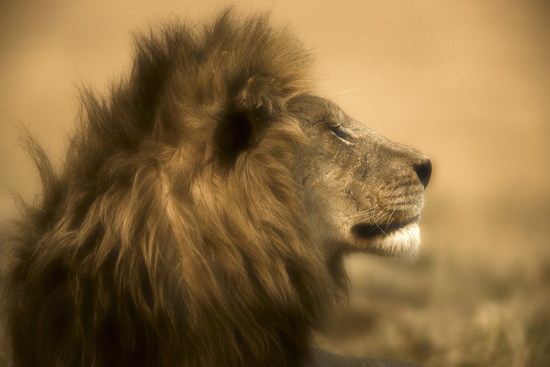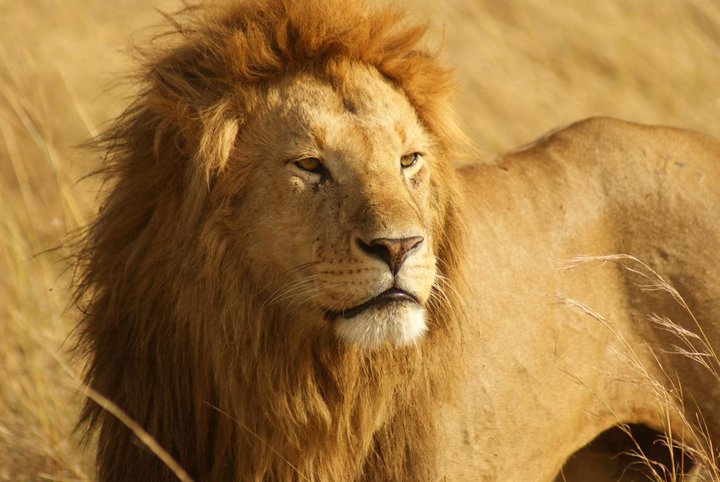
African Male Lion photo by Beverly Joubert
10 African Nations Propose Strongest Protection for Lions under CITES
The African lion has been listed in Appendix II under the Convention on International Trade in Endangered Species (CITES) since 1977. This method for regulating trade has proven insufficient to stop the rapid decline of lion populations for the last forty years.
Ten African nations have decided the African lion needs the strongest protection possible under CITES and have submitted a proposal to transfer all populations of African lion from CITES Appendix II to Appendix I. Parties to CITES will vote on the proposal to strengthen protection for African lions this September at CoP17 in Johannesburg, South Africa.
Listing the African lion to CITES Appendix I would:
- Reduce the impacts of international trade;
- Strengthen domestic protection by permitting stronger penalties for illegal trade;
- Encourage further international efforts to protect the species;
- Offer opportunities to increase public awareness of the threats;
- Provide greater impetus for the implementation of national and regional conservation strategies.
West and Central African Parties in attendance at the regional CITES CoP17 Coordination Workshop held in March 2016 agreed to support the Appendix I proposal. Chad, Côte d’Ivoire, Gabon, Guinea, Mali, Mauritania, Niger, Nigeria, Rwanda and Togo are behind the proposal, stating while “international trade in lion specimens has increased markedly in recent years”, African lion populations have declined. The supporters cite a total of 29,214 lion “items” in trade during the period of 2005 – 2014, with 11,164 of those items declared as derived from wild lions. Of 12,315 lion items declared as hunting trophies (source code H), approximately 36% were reported as “wild” (source code W). The trade in African lion bones has sharply increased from 16 skeletal items derived from wild lions in 2005 to 1,339 in 2014.
In addition to the supporting countries listed above, these African countries are in agreement with the proposal: Burkina Faso, Ghana, Guinea Bissau, Liberia, Senegal, Sierra Leone, Congo, Democratic Republic of the Congo, and the Central African Republic and Kenya.
An additional 15 lion range states were consulted regarding the proposal, but at the time of submission to CITES, had not responded. These range states include: Angola, Botswana, Ethiopia, Malawi, Mozambique, Namibia, Somalia, South Africa, South Sudan, Sudan, Swaziland, Tanzania, Uganda, Zambia, and Zimbabwe.

Threats to the African lion are:
- Unsustainable trophy hunting;
- International trade in lion parts;
- Retaliatory killing and/or “pre-emptive” killing to protect livestock;
- Loss of prey;
- Habitat loss/fragmentation due to conversion for livestock and/or crops.
The Appendix I listing will not completely eradicate trophy hunting of African lions, but there will be significant pushback by African range states that favor trophy hunting. Proponents of the listing must now prepare for the antics of the pro-trade/pro-hunting lobbyists that will flock to the CoP17 in South Africa.
Joanne; let’s hope the new proposal gets a resounding YES from all the nations; including those yet undecided ?
I hope that someday, trophy hunting will be banished altogether – loss of prey and habitat are problems that won’t go away, and it will be difficult enough preserving lions and other big cats.